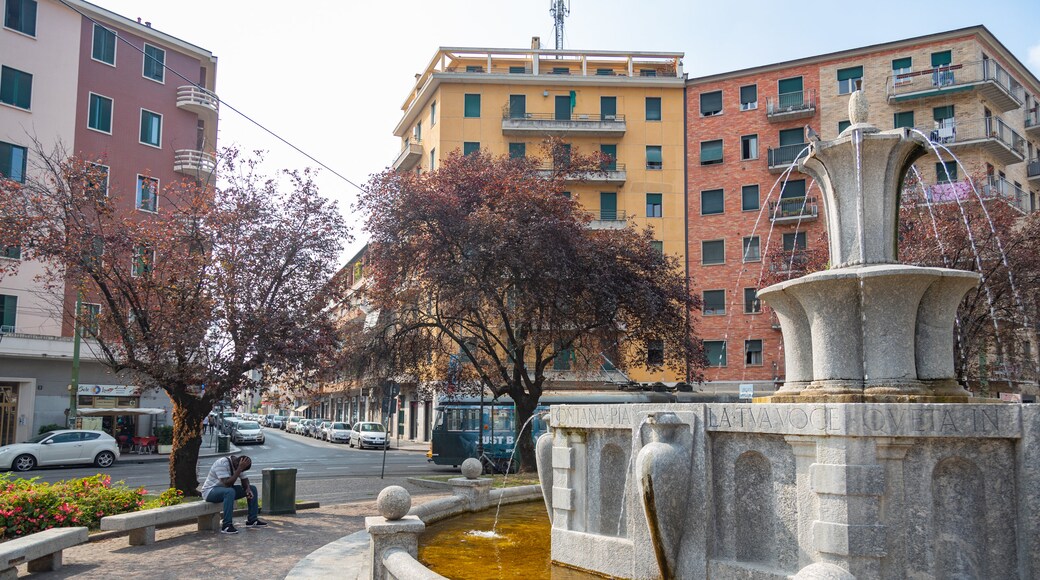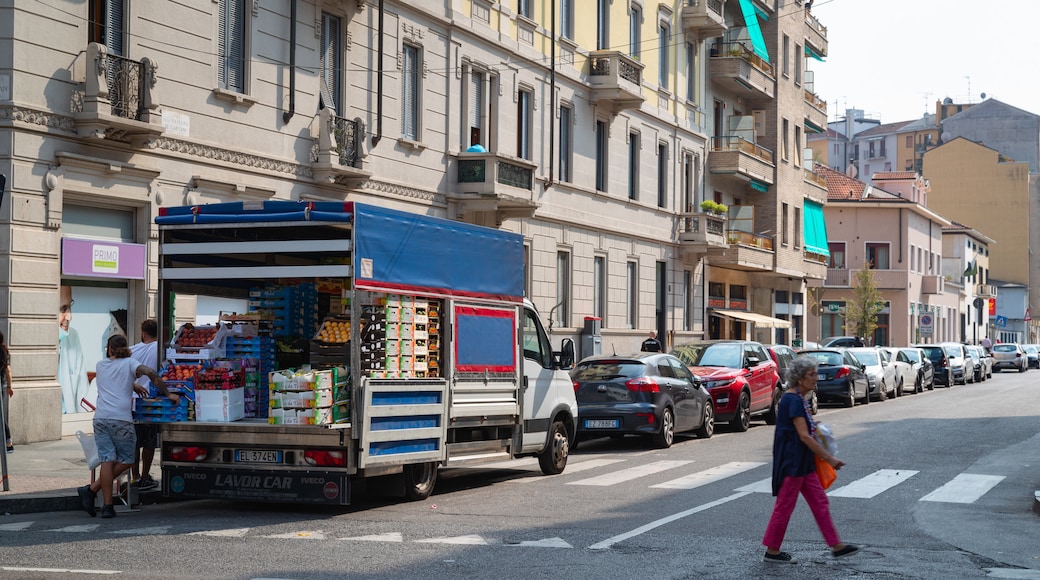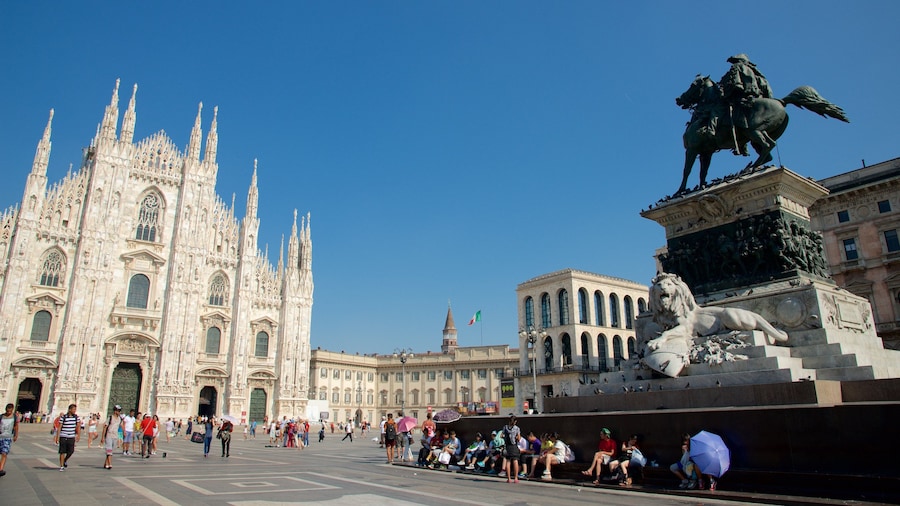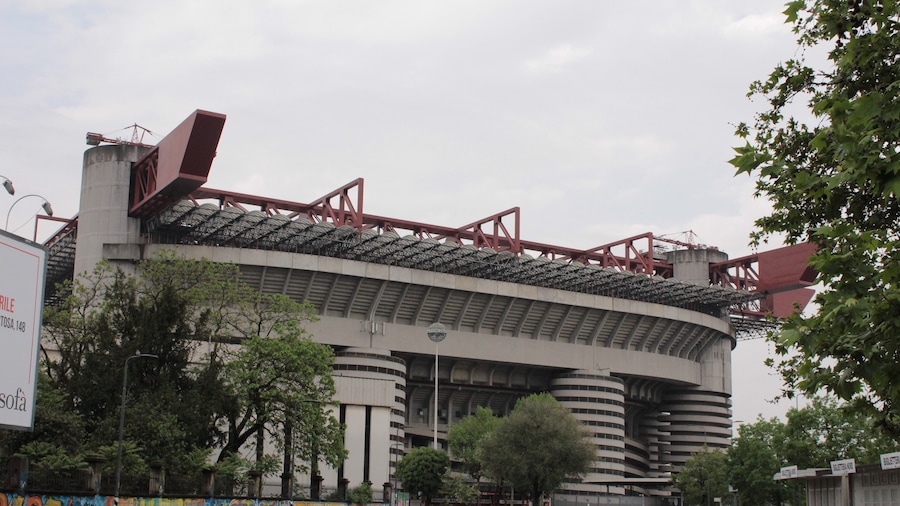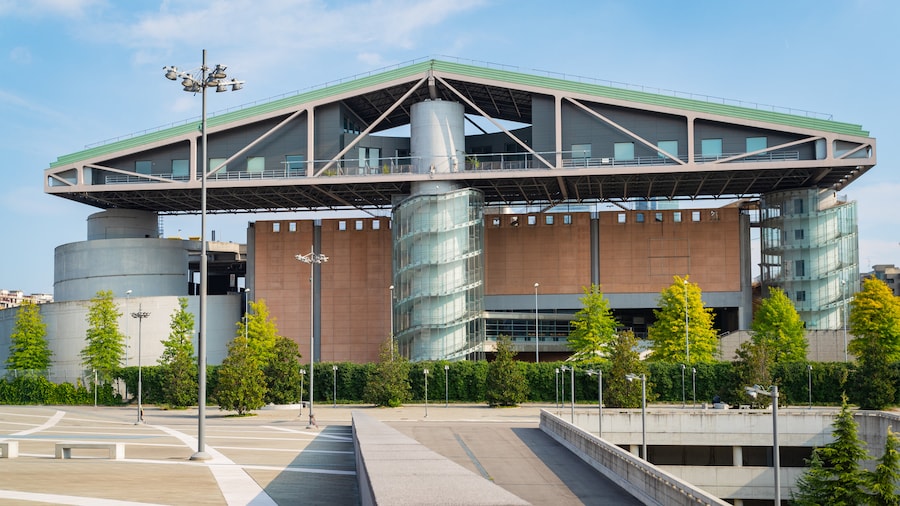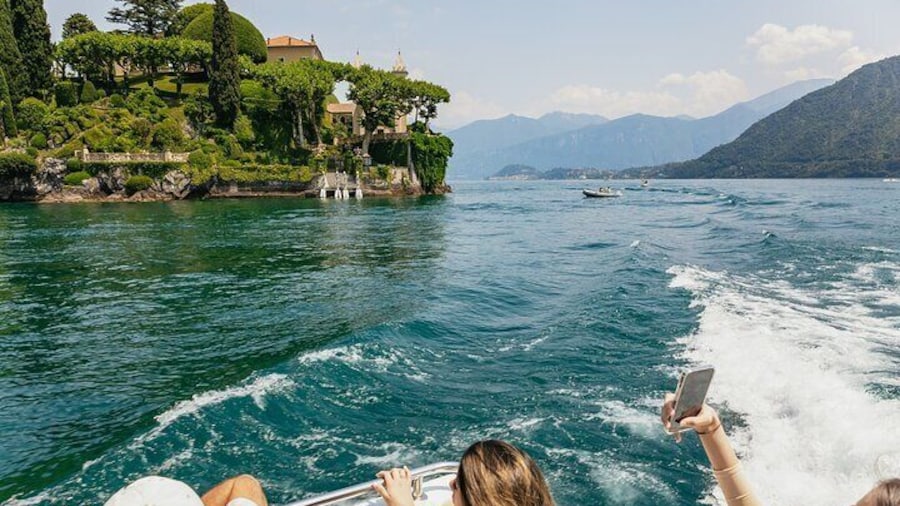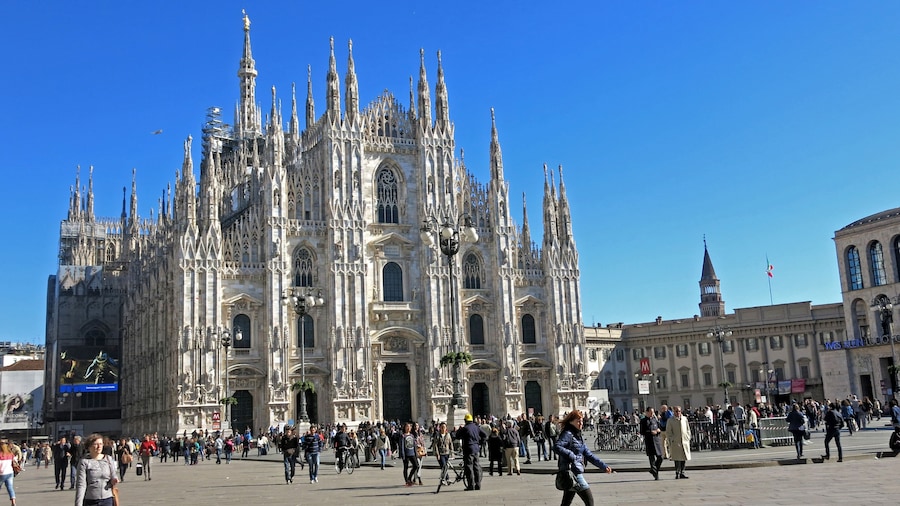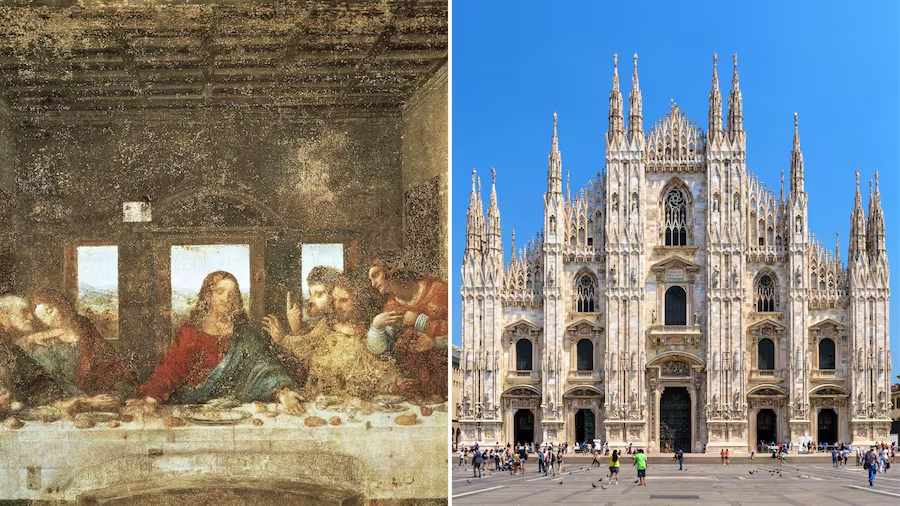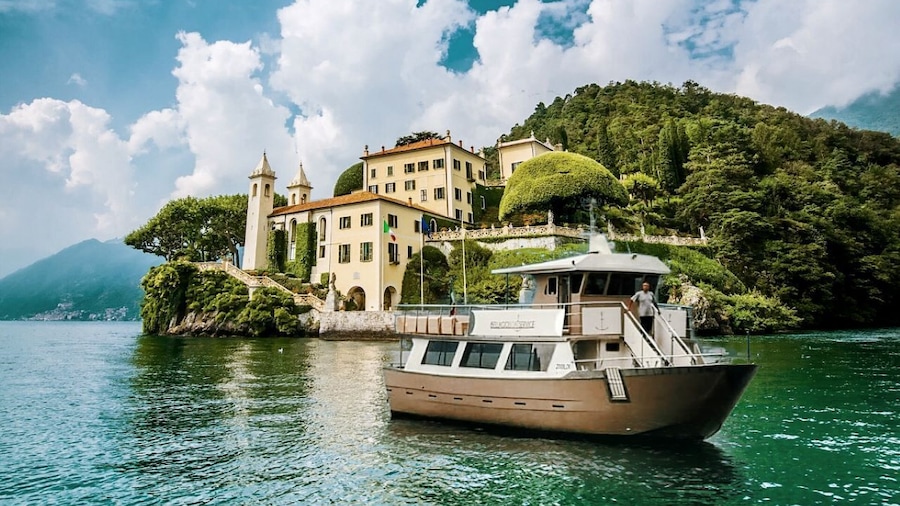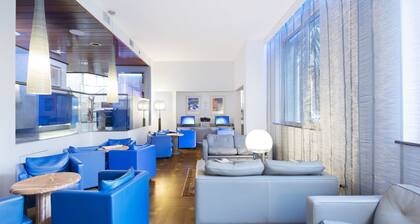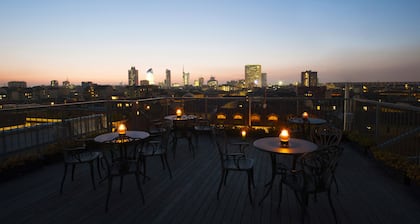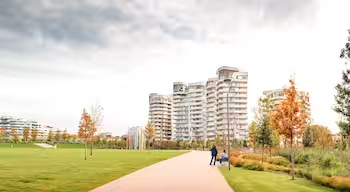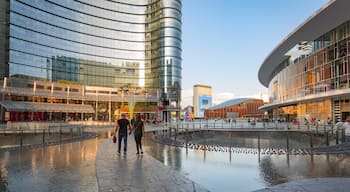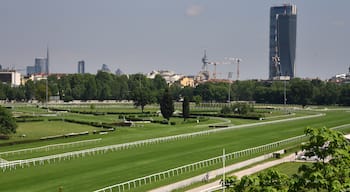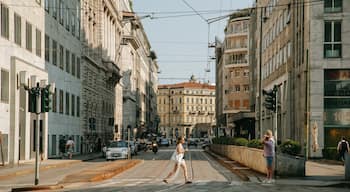Bovisa is a neighborhood that helped Milan build its fame and fortune. Its factories churned out products throughout the 20th century. Walk around today to appreciate how the area has become one of the city’s new hotspots, a melting pot of artistic and cultural influences.
Get a sense of Bovisa’s innovative artistic approach at the Museo d’Arte Paolo Pini, a collection housed in a former mental hospital. Artworks here include themes of mental health. Nearby, luxuriate in the serenity of one of Italy’s most beautiful parks, the Parco di Villa Litta, featuring a 17th-century stucco palazzo, recently partly restored. Exercise at the tennis courts of the nearby Quanta Sport Village.
Have lunch at the circular Piazza Bausan. Sit on the lip of its 1920s fountain with coffee and a sandwich as motorbikes speed past. Along the Via Baldinucci are the last remaining traces of Armenia Film and Milano Film, the first Italian movie houses in the first decades of the 20th century. Stroll to the Ex Campo del Fiori, also known as the Parco Giovanni Testori, a pleasing, tree-filled park on the site of a former neighborhood market garden.
On the southern edge of the neighborhood, end your day with a tour and tasting at the Collezione Branca, a museum dedicated to famed bitter Fernet-Branca. Savor a small taste of the distinctive liqueur, enjoy aperitivo in the on-site bar and browse through the extensive collection of bottles, memorabilia and advertising from the company’s last 170 years.
Bovisa is north of Milan, a 40-minute tram ride from the historic city center or 30 minutes by bus from the central train station. The area is served by a train station, with lines going to most other major attractions in the area. Bovisa is relatively friendly to cars, with limited on-street parking and some metered parking structures.
Spend an afternoon people-watching among the Bovisa Politecnico University’s artsy design students, who are largely responsible for the area’s newfound hipness.
